The XLIF recovery process depends on the individual, with full recovery often taking several months. It might also involve a period of restricted activity and pain management.
An extreme lateral interbody fusion (XLIF) is a minimally invasive procedure that involves accessing the spine through the side of the body. XLIF address spinal disorders and alleviate chronic back or leg pain that has not improved with other treatments, such as steroid injections, physical therapy, and pain medication. This results in less tissue disruption and shorter recovery time. The use of XLIF in spinal surgery has shown to provide significant pain relief after one year. This improvement in pain levels is not only noticeable but also clinically significant. Additionally, XLIF has led to a marked improvement in functionality one year after the surgery, and this enhancement is also clinically meaningful.
Extreme Lateral Interbody Fusion (XLIF) is a minimally invasive surgical procedure designed to treat various spinal conditions, including degenerative disc disease, spondylolisthesis, and scoliosis. Unlike traditional spinal fusion surgeries that access the spine from the back or front, XLIF approaches the spine from the side, avoiding major muscles, bones, and ligaments, thus minimizing tissue disruption. The procedure involves making a small incision on the patient’s side, navigating to the spine through the psoas muscle using specialized instruments and real-time imaging, removing the damaged disc, and inserting an implant filled with bone graft material to maintain disc height and promote fusion between the vertebrae.
The benefits of XLIF include smaller incisions, less muscle disruption, reduced recovery time, and less postoperative pain compared to traditional approaches. It is effective in reducing pain and improving spinal stability and functionality. XLIF is commonly used for conditions like degenerative disc disease, herniated discs, spondylolisthesis, and scoliosis, offering significant improvements in pain relief and overall function for patients with spinal disorders.

XLIF is useful for numerous conditions that require fusion of the lumbar spine. These include:
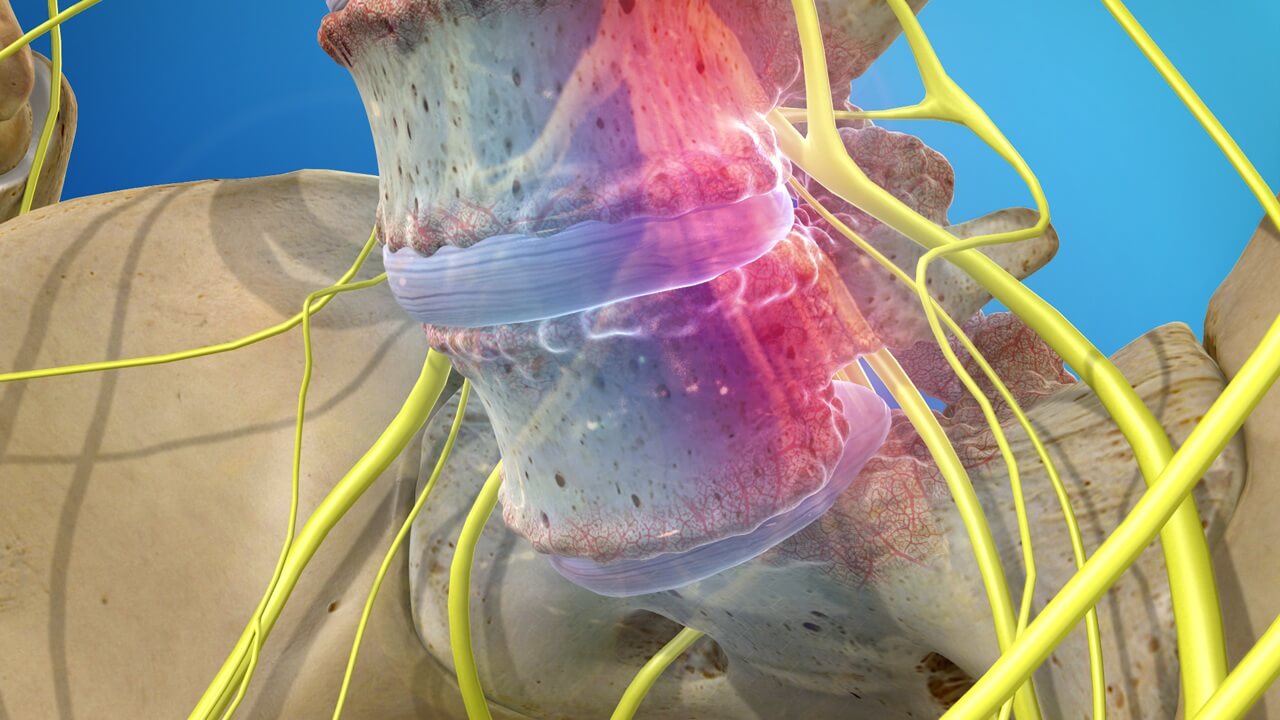
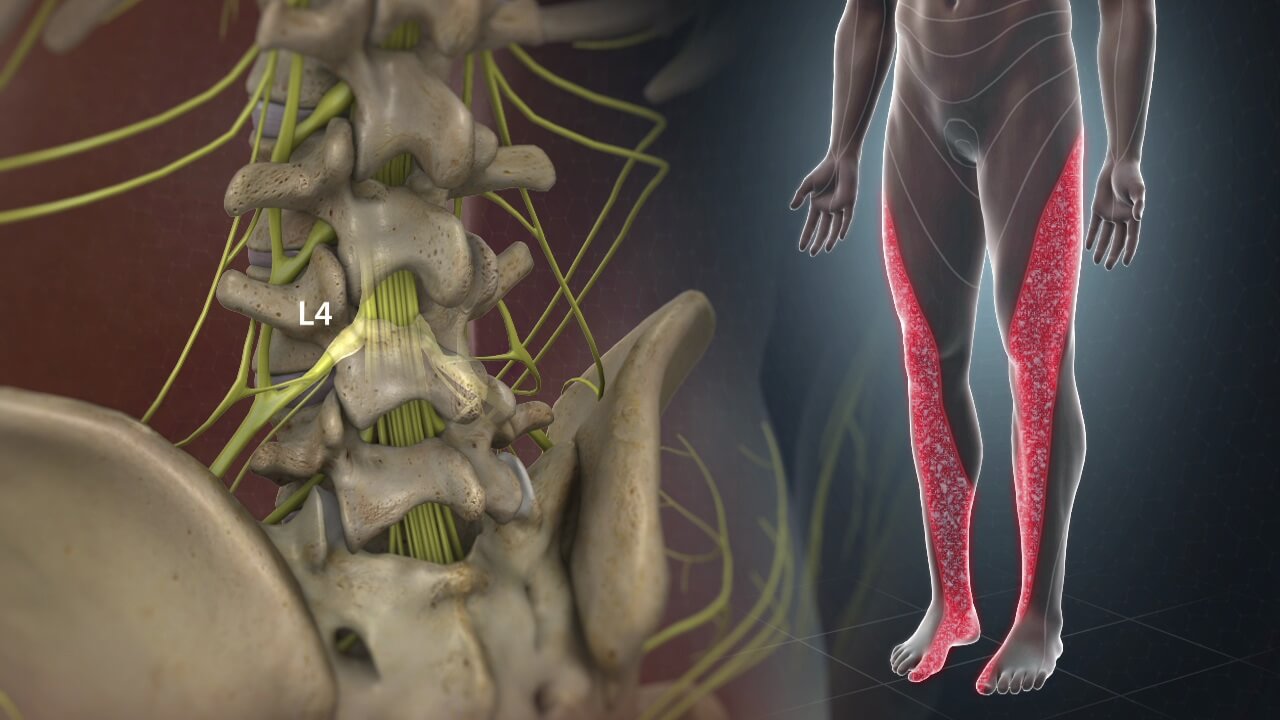
Preparing for XLIF (Extreme Lateral Interbody Fusion) surgery involves several important steps to ensure the best possible outcome and smooth recovery. Here is a guide on how to prepare for your XLIF surgery:
By following these preparation steps, you can help ensure a smoother surgical experience and a more successful recovery after your XLIF surgery.
To access the spine, a neurosurgeon will make a small incision and insert a dilator — an instrument placed between the side of the abdomen and the muscles covering the spine. They will then use retractors to widen the muscle tissue, remove afflicted disc material and insert the bone graft. During the operation, surgeons will use an electromyography (EMG) to monitor the position of the surgical instruments in relation to the nerves.
XLIF (Extreme Lateral Interbody Fusion) surgery is a minimally invasive spinal procedure that involves the following steps:
Overall, XLIF surgery is designed to minimize tissue disruption, reduce pain, and facilitate a quicker recovery compared to traditional spinal fusion procedures.
The following is what you can expect before and after an XLIF surgery.
Before undergoing XLIF surgery, you will have a thorough preoperative evaluation, including a review of your medical history, a physical examination, and imaging studies like X-rays, MRI, or CT scans to assess the condition of your spine and plan the surgery. During a consultation, your surgeon will discuss the procedure in detail, explaining the benefits, risks, and what to expect during recovery, and will address any questions or concerns you may have. You will receive specific pre-surgery instructions regarding medications, fasting, and preparation for surgery, which may include stopping certain medications such as blood thinners and refraining from eating or drinking after midnight on the day of surgery. Additionally, preoperative tests such as blood tests and an EKG may be performed to ensure you are fit for surgery.
Immediately after the procedure, you will be taken to a recovery area where medical staff will monitor your vital signs and ensure you are waking up safely from anesthesia. Pain and discomfort are expected but are usually less intense than with traditional spine surgery, and pain medication will be provided as needed. One of the key benefits of XLIF surgery is the ability to start moving soon after the procedure; most patients are encouraged to walk the same day or the day after surgery, which aids in recovery and reduces complications. XLIF typically requires a shorter hospital stay compared to traditional procedures, with some patients going home the same day or after an overnight stay.
Follow-up appointments will be scheduled to monitor your progress, remove stitches or staples if necessary, and check the healing of the surgical site and fusion. A physical therapy program may be recommended to help restore strength, flexibility, and mobility, accelerating your return to normal activities. While you may resume light activities relatively quickly, heavy lifting, bending, and twisting should be avoided for a period specified by your surgeon, with full recovery and return to strenuous activities taking a few months. You will be advised on signs of potential complications, such as increased pain, swelling, redness, or drainage from the incision site, fever, or numbness; if you experience any of these symptoms, you should contact your healthcare provider immediately. Overall, XLIF surgery aims to reduce recovery time, minimize pain, and facilitate a quicker return to daily activities compared to traditional spinal fusion surgeries.
XLIF represents a departure from conventional methods as it allows surgeons to reach the spaces between spinal discs via the patient’s side, rather than from the front or back, thereby sparing significant back muscles, bones, and ligaments. The benefits of XLIF include:
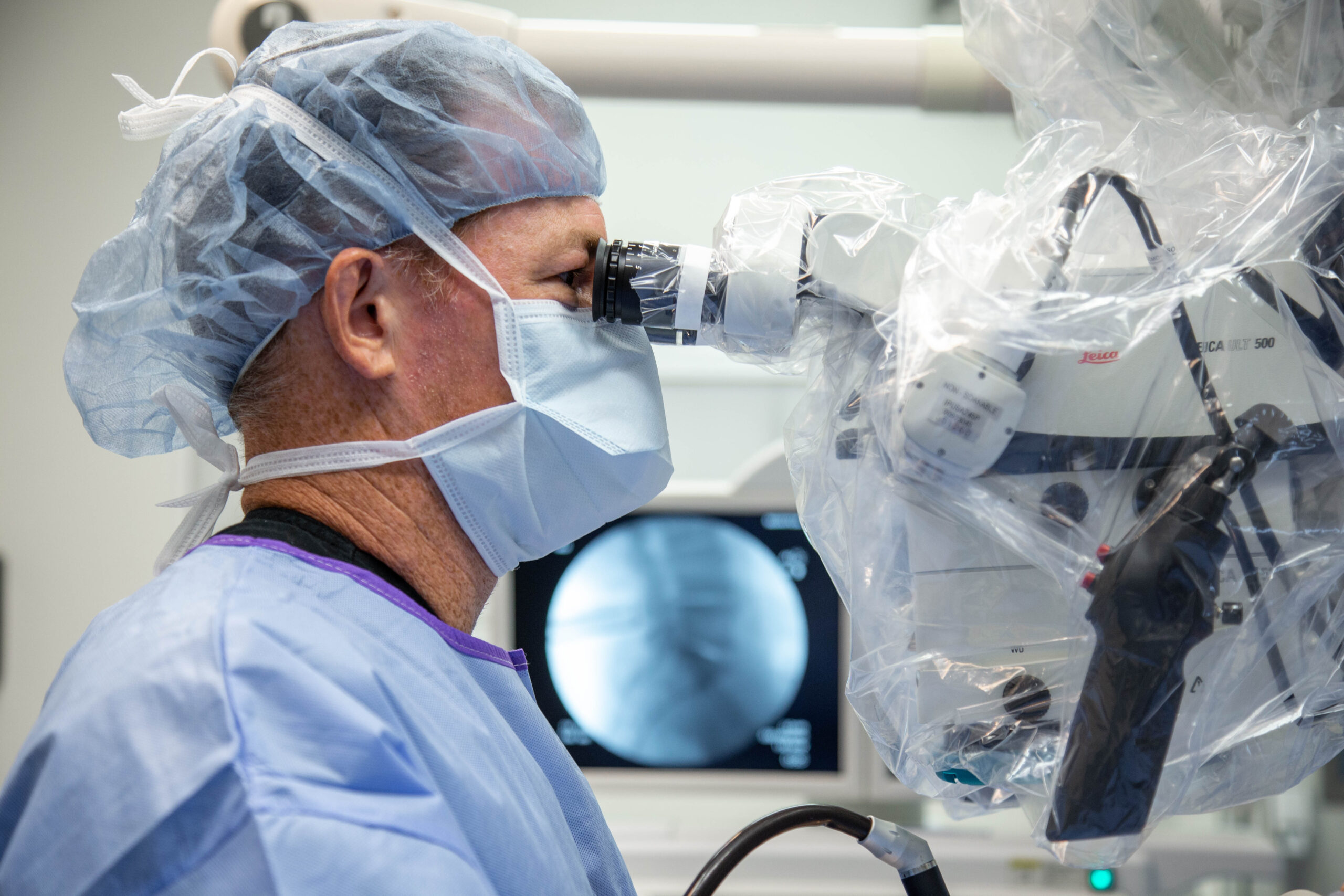
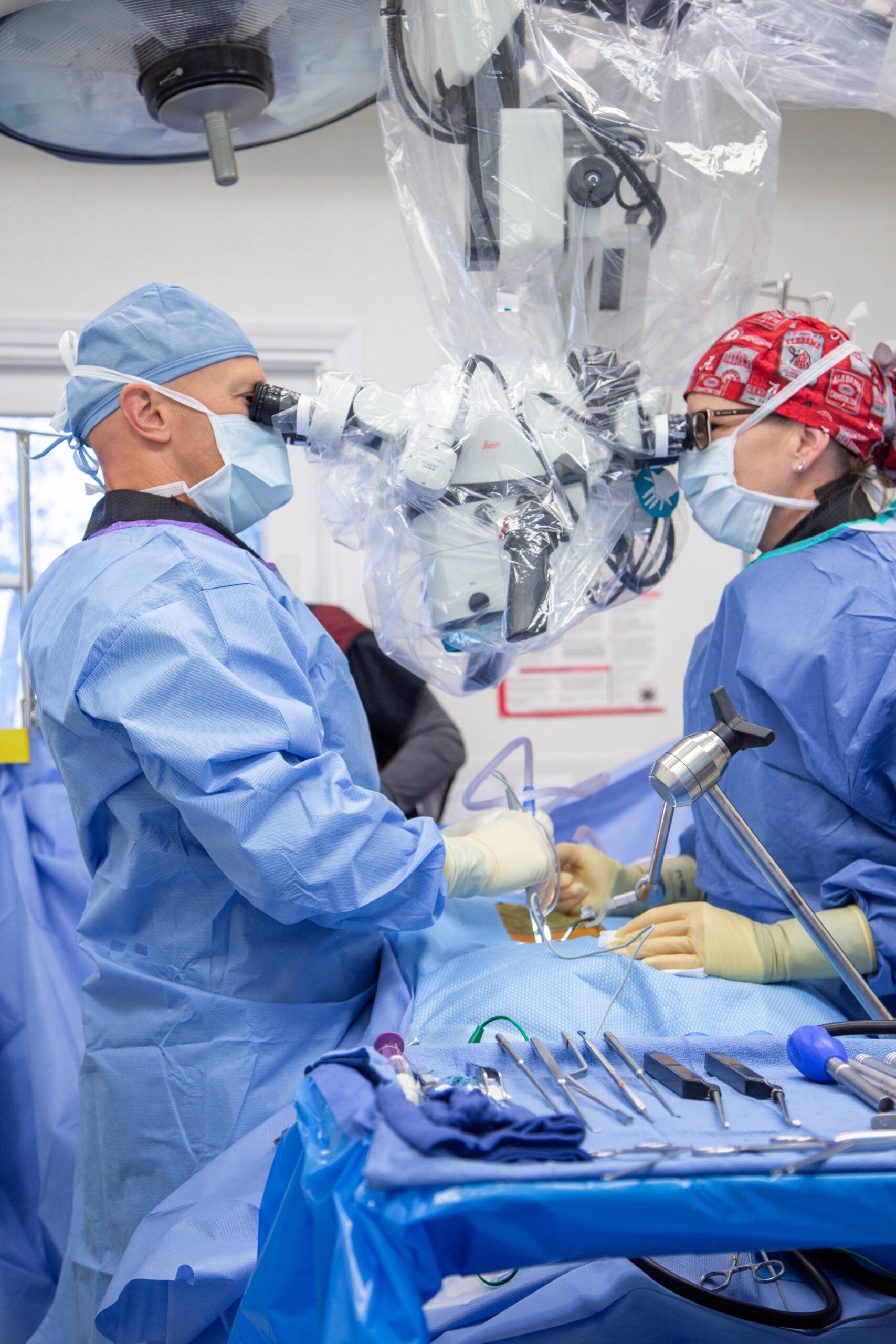
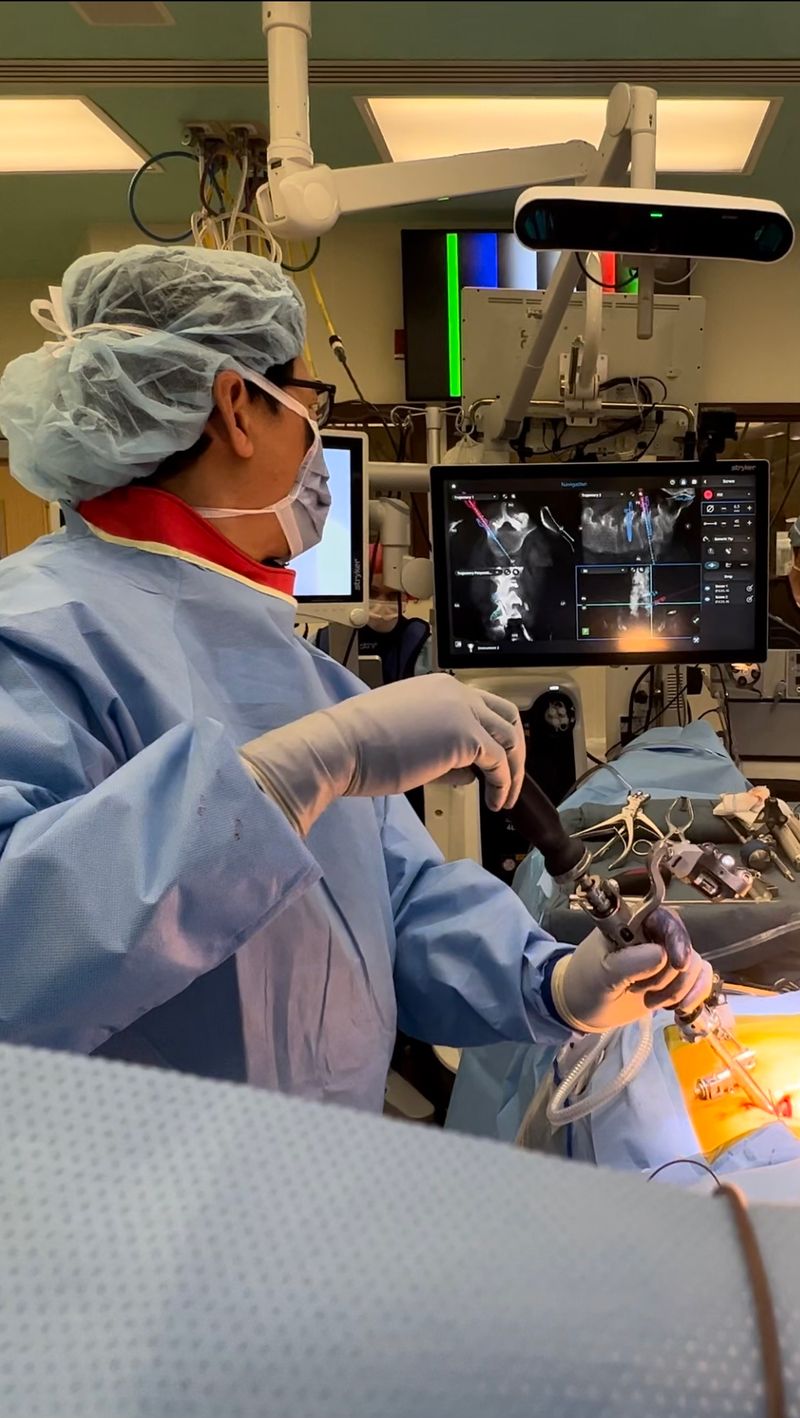
Every type of spinal fusion surgery follows a similar process — removal of the vertebrae before replacing them with a bone graft, rods and screws. The difference lies in how the spine is accessed. Often, your surgeon will decide the type of approach you need based on factors like condition, location and anatomical structure of the part of the spine affected.
While XLIF involves accessing the spin through the side, other types of spinal fusion surgeries include:
Spinal fusion surgeries are generally very safe. However, just like any procedure, you should be aware of risks like:
The following are answers to common questions clients often have about XLIF surgery recovery:
The XLIF recovery process depends on the individual, with full recovery often taking several months. It might also involve a period of restricted activity and pain management.
After surgery, your back may feel stiff or sore. When home, avoid bending, lifting or twisting to do chores or other physical activities. This will help reduce further pain and encourage an easier healing process.
It’s best to wait 24 to 48 hours after surgery to shower. When showing, rinse your incision very carefully with soap and water before gently patting it dry.
You should wear your back brace until your follow-up appointment after surgery. The doctor will assess your recovery and determine whether you still need to wear it.
It can take several months for the vertebrae to fuse after surgery. You’ll want to follow postoperative care closely to ensure a successful healing and fusion.
You might return to work within three to six weeks for less strenuous jobs. However, you’ll likely have additional recovery time before returning to a more physically demanding job.
You can typically resume walking after surgery and while in the hospital. More intensive exercises like working out or running could take several months or when a physical therapist approves.
Physical therapy usually starts six weeks to three months following surgery and continues while at home. Therapy will help strengthen your back, support healing and let you return to your favorite activities.
Desert Institute for Spine Care is a leader in minimally invasive spine care. Our surgeons are highly trained and board-certified and have graduated at the top of their class from renowned universities and medical schools. We take a customized approach to patient care, offering innovative, cutting-edge surgical techniques for a range of conditions.
DISC’s mission is to provide patients with consistent, long-term pain relief and improved function so they can enjoy life again. Consider our testimonials to see the difference our treatments can make in your life.
XLIF can lead to significant pain reduction with a faster recovery time. Many patients with spinal conditions benefit from the surgery and can return to their favorite activities within months. If you are experiencing back pain or a spine condition, the doctors at DISC can assess your symptoms and determine a customized care plan to help you find relief. Schedule a consultation today.
At DISC, our professionals constantly support our patients, walking alongside them every step of the way and helping them enjoy life again. We are proud to serve communities across Arizona.
If you or a loved one are interested in XLIF with DISC, reach out to us today for a consultation. We look forward to guiding you on the path to long-term back health.